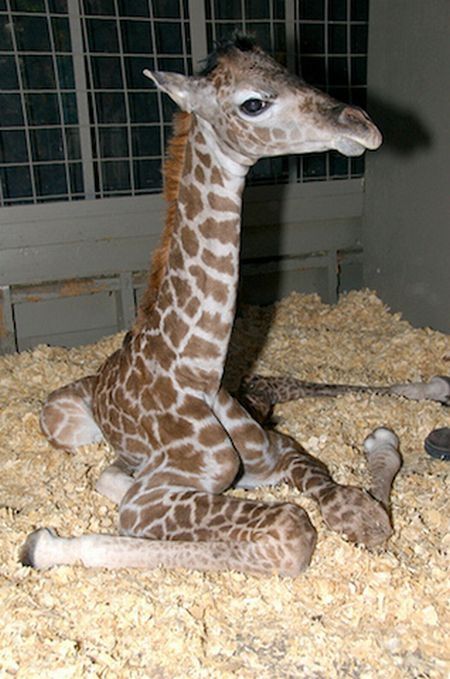|
|
Baby Giraffe
|
Conservation
Overall, the giraffe is regarded as Least Concern from a conservation perspective by the International Union for Conservation of Nature (IUCN), as it still is widespread and occurs in numerous reserves. However, the giraffe has been extirpated from many parts of its former range, including Burkina Faso, Eritrea, Guinea, Malawi, Mauritania and Senegal. It may also have disappeared from Angola, Mali and Nigeria. Two subspecies, the West African Giraffe (G. c. peralta) and the Rothschild Giraffe (G. c. rothschildi), have been classified as endangered with wild populations of each of these numbering in the hundreds. Additionally, it has been suggested that the Nubian Giraffe (G. c. camelopardalis) is the most threatened of all giraffes and may number fewer than 250, but little recent information is available and consequently that estimate is labelled with considerable uncertainty.
Giraffes are hunted for their tails, hides and meat. The tails are used as good luck charms, thread and flyswatters. In addition, habitat destruction also hurts the giraffe. In the Sahel trees are cut down for firewood and to make way for livestock. Normally, giraffes are able to cope with livestock since they feed in the trees above their heads. The giraffe is a protected species in most of its range. The total African giraffe population has been estimated to range from 110,000 to 150,000. Kenya (45,000), Tanzania (30,000), and Botswana (12,000), have the largest national populations. More recent estimates suggest fewer than 80,000 remain in total.
|
|









